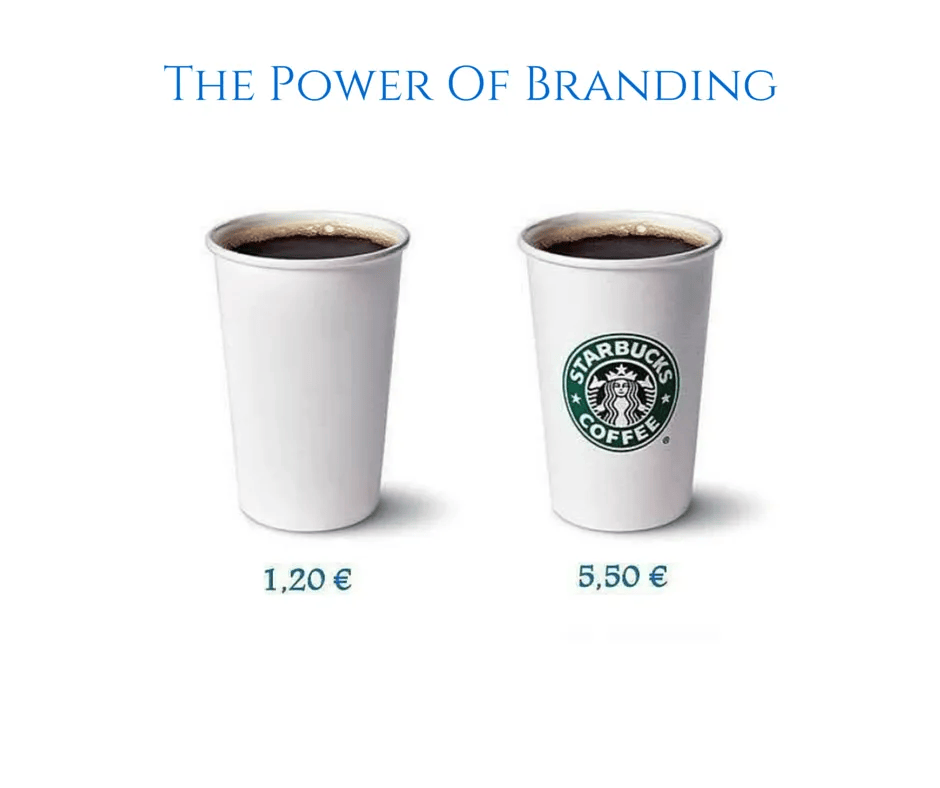"Create a strong brand identity..."

The Power of a Strong Brand Identity: Definition, Importance and Key Elements
By Jasmine Tauber
What makes a brand stand out from the crowd? How can a brand create a lasting impression on its customers and prospects? The answer lies in having a strong brand identity.
What is brand identity?
Brand identity is the visual and emotional representation of your brand. It comprises elements like your logo, color palette, typography, imagery, and messaging, which convey your brand’s values, personality, and promise. A memorable and consistent brand identity distinguishes you from the competition and fosters customer trust and loyalty.Why is it important to have a strong brand identity?
Having a strong brand identity is not just a nice-to-have, but a must-have for any business that wants to succeed in today’s competitive and dynamic market. Here are some of the benefits of having a strong brand identity:- Uniqueness: A strong brand identity helps you showcase your unique qualities and how you set yourself apart from your competitors. It helps you communicate your value proposition and differentiate yourself in the market.
- Personification and emotional connection: A strong brand identity helps you humanize your brand and build an emotional connection with your target audience. It helps you express your brand’s personality and voice, and create a relatable and authentic brand image.
- Consistency: A strong brand identity helps you maintain consistency across all your communication and marketing channels. It helps you create a coherent and recognizable brand experience for your customers and prospects, and increase your brand awareness and recall.
- Clarity: A strong brand identity helps you define your core, unchanging brand elements and the ones that can evolve over time. It helps you establish a clear and flexible brand strategy that can adapt to changing customer needs and market trends.

What are the key elements of a strong brand identity?
Some of the key elements of a strong brand identity are:- Logo: Your logo is the most visible and recognizable element of your brand identity. It’s the symbol that represents your brand and its essence. Your logo should be simple, memorable, scalable, and relevant to your brand’s vision and values.
- Color palette: Your color palette is the set of colors that you use to communicate your brand’s mood, tone, and personality. Your color palette should be harmonious, appealing, and appropriate for your brand’s industry and audience.
- Typography: Your typography is the style and appearance of the text that you use to convey your brand’s message and voice. Your typography should be legible, consistent, and expressive of your brand’s character and tone.
- Imagery: Your imagery is the visual content that you use to illustrate your brand’s story and values. Your imagery should be high-quality, relevant, and consistent with your brand’s identity and message.
- Messaging: Your messaging is the verbal content that you use to communicate your brand’s purpose, promise, and positioning. Your messaging should be clear, concise, and compelling, and reflect your brand’s personality and voice.
How to create a strong brand identity?
Creating a strong brand identity is not a one-time project, but an ongoing process that requires research, planning, execution, and evaluation. Here are some steps to follow to create a strong brand identity:- Research: The first step is to conduct a thorough research on your brand’s mission, vision, values, goals, target audience, competitors, and industry trends. This will help you understand your brand’s strengths, weaknesses, opportunities, and threats, and identify your unique selling proposition and value proposition.
- Plan: The next step is to plan your brand identity strategy based on your research findings. This will help you define your brand’s personality, voice, tone, and message, and determine your brand identity elements such as your logo, color palette, typography, imagery, and messaging.
- Execute: The third step is to execute your brand identity strategy by creating and applying your brand identity elements across all your communication and marketing channels. This will help you create a consistent and coherent brand experience for your customers and prospects, and increase your brand recognition and reputation.
- Evaluate: The final step is to evaluate your brand identity performance by measuring and analyzing your brand identity metrics such as brand awareness, brand recall, brand loyalty, brand advocacy, and brand equity. This will help you assess your brand identity effectiveness and identify areas for improvement and innovation.